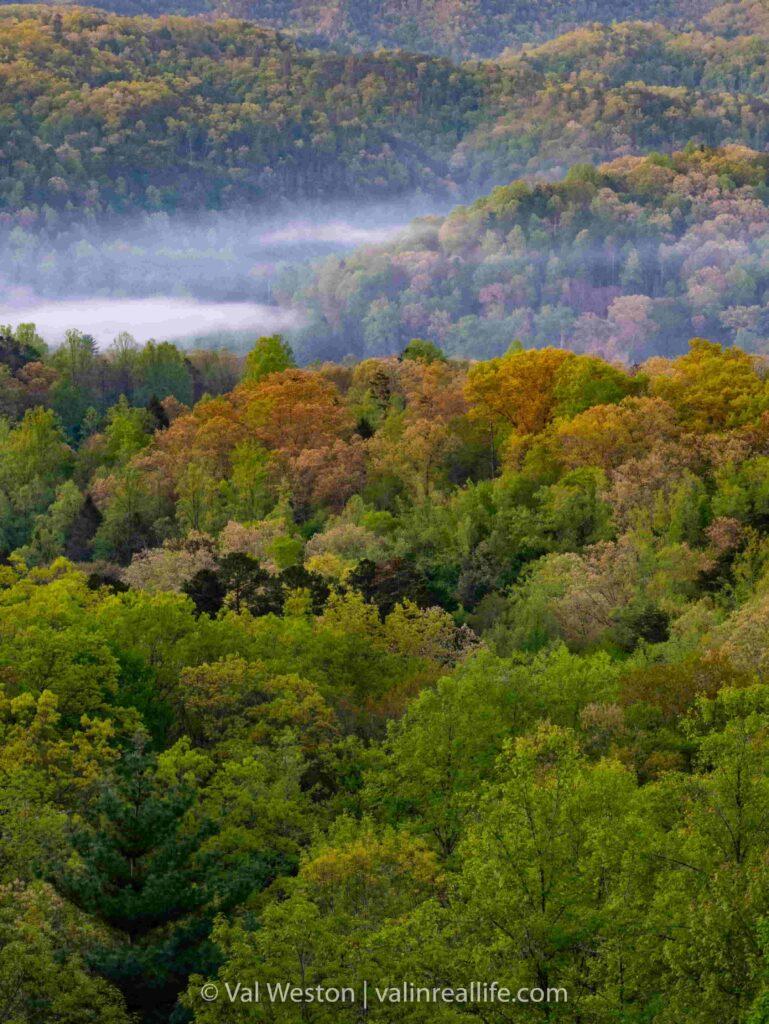Spring is in the air, and that means it must be time for the Townsend Spring Festival and Old Timers Day! This free two-day event celebrates the rich history of the Appalachian way of life. You will find plenty of Bluegrass music, handmade crafts, and delectable food choices.
Bring a chair or a blanket for sitting back and enjoying the fresh mountain air. You will want to plan to stay all day because this event is packed to the brim with historical fun. There will be bands to listen to, handmade goods to peruse, food to sample, and other activities to participate in. Head out to Townsend, TN on May 3rd and 4th to join the fun.
About Townsend Spring Festival
On May 3rd, the fun will start at 10am with the craft vendors and food vendors opening up their booths. The demonstrators will begin showing off their talents at 10 am as well. At noon, the music will kick in to really get the party started. The festivities will last all day with bands playing until 10 pm. You can expect the same basic schedule on the 4th with except that the bands will start a little earlier.
While the full list of vendors and bands is yet to be announced. There are a few activities that you can expect. The author of the book “The Last Man from Tremont,” Roy Oliver, will be in attendance. If you would like to have a book signed or just simply have a chat, make sure to stop by and see Mr. Oliver. The pickers in attendance will definitely want to check out the tents for Jammers.
Other area initiatives and associations will be on hand to help you learn more about the area. These groups include:
- Appalachian Bear Rescue
- Cades Cove Preservation Association
- Great Smoky Mountains Institute of Tremont
- Keep Blount Beautiful
- Chilhowee Area Ministries
Some of the bands scheduled to play so far include Wayne Wright Review, Blackberry Jam, Grandview Pickers, Appalachian Grass, Raven Welch and Crew, Foothills Express, Steve Jordan Band, Muleskinner, and many more!
Parking at the Event
Parking at the event can be purchased daily for $10 or you can get a two-day pass for $15. The parking fee proceeds will go to support the Townsend Volunteer Fire Department, and they can be purchased in advance at the Townsend Visitor Center and the Maryville Visitor Center. However, if you do not purchase in advance, you will be able to pay at the gate when you arrive.
If you would like to experience a little more of what Townsend has to offer, you can take the FREE shuttle from the Townsend Visitor Center and get a good tour of the town. The shuttles will start running at 10:30 am and continue until 6 pm on both days.
The Townsend Spring Festival is an annual event that is beloved by all. Come for the bluegrass once, and you will find yourself making the trip back year after year. The beauty of the Appalachian way of life will call to you across the miles.




Recent Comments